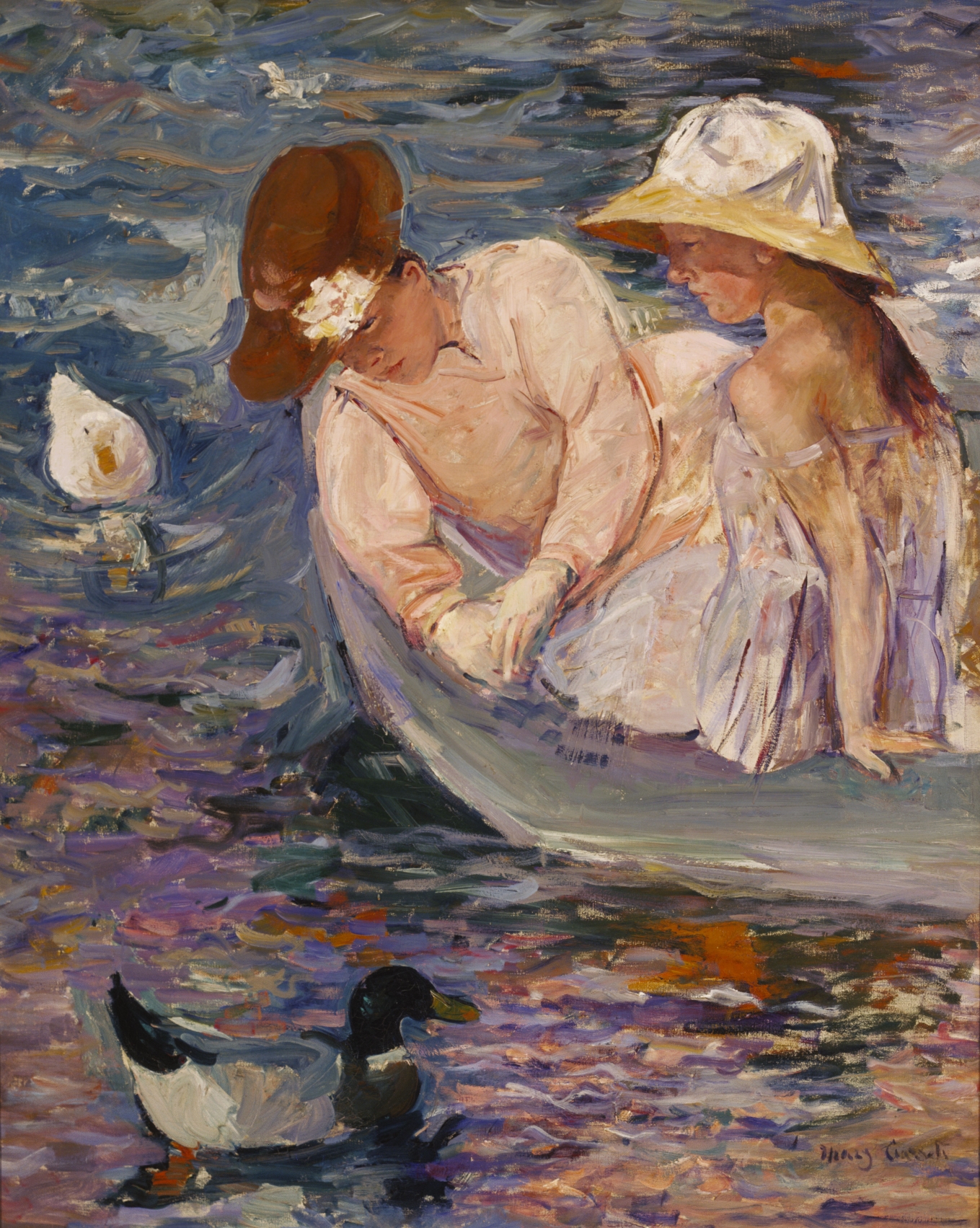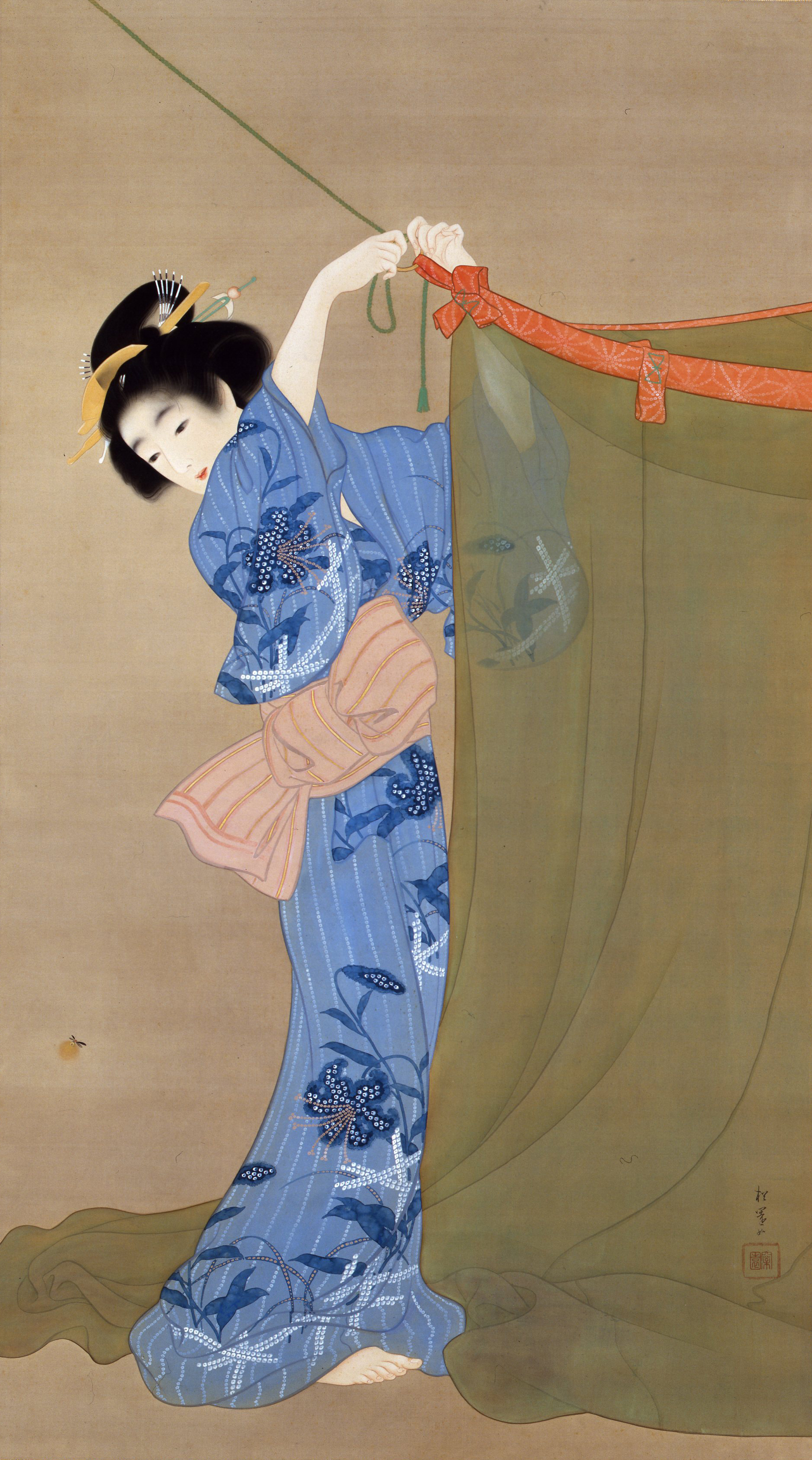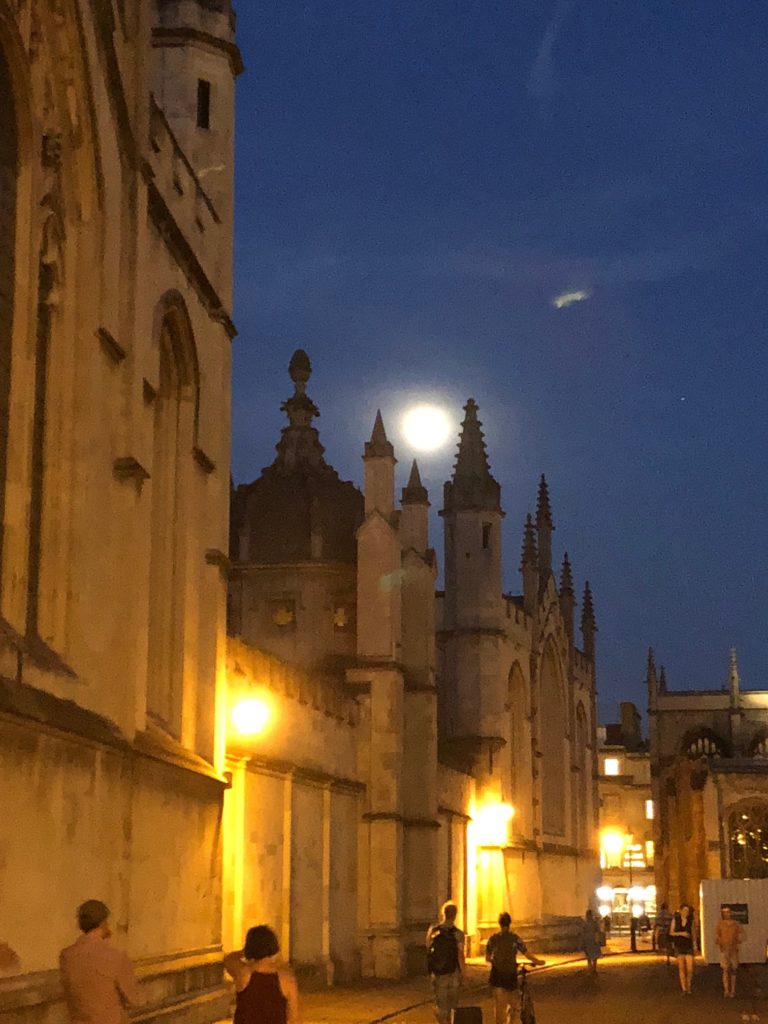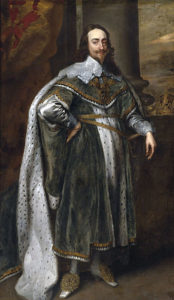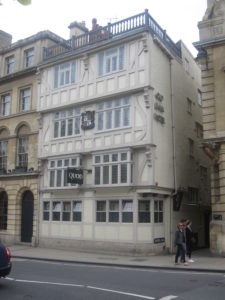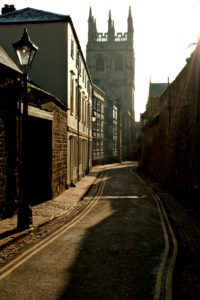I’ve already written at length about the visual pollution caused by the monster cruise ships in Venice. In
a post that’s enjoyed over 17,600 views, I also wrote about the Venetians whose homes are deprived of light by these incredible hulks; about people who cannot sleep for the all-night noise pollution grinding out of megaship generators; about the young and old citizens of Venice who develop illnesses and cannot use their computers or televisions.
Humans can speak for themselves, even if no-one’s listening in the offices of the cruiser liners who disgorge as many as 14,000 passengers a day or the tour companies that bring coachload after coachload to Piazzale Roma. But there are other victims who cannot: the lagoon itself, its wildlife and the very infrastructure of the city.
This week I talked once more to Barbara Warburton Giliberti (right) of
Nograndinavi, the Venetian association taking on the cruise liners. This time I asked Barbara about the silent victims falling to the depredations of mass tourism.
I understand that there is a threat to the bricole, the wooden poles that mark out navigable routes through the lagoon?When the monster cruise ships return to the lagoon from a voyage in the Far East they have tenacious, voracious little worm-like molluscs attached to their hull. The scientific name is
Teredo navalis. It's sometimes called the common ship worm. Or the Termite of the Sea. In Venetian, we call it “
el bisso”.
When these aliens arrive in the lagoon, they decide to stay, fixing themselves to the wooden
bricole, which they devour at an astonishing rate.
El bisso is a dangerous parasite that feeds on every type of wood it finds in water. It eats not just the
bricole but the poles where people tie their boats and the boats themselves. It feeds on the underwater wooden poles that support the bridges. Any kind of wood that is submerged can be prey to these creatures, yet another gift of the cruise liners.
And of course the Soprintendenza says no to anything but wood for these vital poles, which have been part of the Venetian landscape for centuries. (Here at left is one painted by Canaletto).Indeed. So experiments have been made, putting vertical strips of metal around them, or painting them with a special type of varnish.
But nothing seems to deter the little devils. You can almost hear them munching.
Crossing the lagoon you can see many
bricole teetering on spindly legs. Some have collapsed altogether. The jagged under-water stumps are, if possible, even more dangerous to boats. The
bricole cost a fortune to replace and cash is short in Venice. But the cruise companies are not offering to pay for the damage.
The infrastructure of the city is also at risk not just because of the cruise ships but because of the need to service the millions of tourists?The streets and houses of Venice are silent victims due to the massive increase in the number of flood tides caused by the excavation of Canale dei Petroli. Originally excavated for petrol tankers to reach the industrial areas of Marghera, it is now also used for the massive container ships and – with further excavation – is suggested as an alternative route for the mega-ships. The dangerous mix of nearby fuel storage tanks, the over-crowding of maritime traffic, forcing an alternate in/out one-way system can only exacerbate the situation.
Most of Venice was built at a time when boats were rowed. The
palazzi and houses are victims of the vibrations caused by engine-powered ships and boats. Water displacement and wave motion are eroding the foundations. The bridges are victims because the transport boats, originally made of wood, but now made of iron, sometimes crash into and shatter them.
The Istrian stone borders of the steps are sometimes smashed by the iron wheels of big porter trolleys used to deliver goods to shops. The recent restoration of Rialto Bridge is already damaged. Mosaic floors are silent victims because of the excessive number of tourists tramping over them.
Meanwhile, Venice – with her residents numbering 53,000 – is daily forced to deal with the rubbish of 175,000. Who pays to dispose of this rubbish? Not the day-trippers who fill the overflowing bins and litter the streets with the packaging of their take-away pizza and pasta-to-go, their soft-drink cans and their water bottles. Not the companies who profit from bringing day-trippers into the city. And certainly not the cruise companies.
If only the winged lion of Venice could intervene as it does in this video (below) by young Venetian artist Carolina Ferrari, who created it with a desire to re-sensitize people, inoculating them with respect for her city. With many thanks to my lovely friend Ross Frassanito who alerted me to it.
It's heartening to see young Venetians actively asserting the right of their city to cleanliness. Individual voices can count, especially when they are as gently insistent and creative as that of Carolina Ferrari. But what of the general social fabric of Venice?There is a general impoverishment of the social tissue in Venice. Not only is the population decreasing by 1,000 each year but the mix of citizens is changing. Young couples cannot afford a house in Venice. People can let out their apartments on Airbnb for a couple of weekends and earn as much as they would in a month of regular rent. So there are fewer children in the historic centre. If there are no more babies, the schools cannot be sustained because the class sizes will be too small.
The monoculture of tourism means that small arts and crafts shops or workshops are being evicted to make way for yet more chocolate shops with rollers dripping extra-dark, milk or white mixtures. Or garish shops selling huge tubs of jelly-babies and liquorice all-sorts – nothing to do with the traditional biscuits and cakes of Venice.
You now have to look very carefully to find an artistic iron-monger, marble engraver, gold-leaf decorator, upholsterer, furniture restorer – all very necessary in a historic centre full of wonderful old houses filled with antiques. Even bakeries, butchers, dry-cleaners and cobblers are closing down. Everything is in the supermarkets, packed in single portions, and if it isn’t there then you can’t have it.
Even the Coin department store is closing, with a loss of many jobs, to make way for yet another hotel … and therefore more tourists.
What of the birds and animals of the lagoon? How are they coping with mass tourism? It seems as if the cruise-liners have legal Teflon as well as Teflon in their souls when it comes to protecting Venice’s ecosystem?Like the humans, the birds and beasts of Venice are being poisoned. And it’s happening with impunity here.
There is a code for toxic emissions from cruise ships. The problem is that it’s voluntary. NoGrandiNavi photograph the black smoke billowing from ships that have signed up to the code and clearly don’t follow it. It would cost relatively little to install filters on the smoke stakes of all vessels, something that is required for road vehicles. But this city, which has sold the cruise terminal to the cruise companies, doesn’t have the power to enforce sanctions by, for example, blocking known polluters from entering the lagoon. It’s not apparently interested in doing so.
The pollution from the cruise liners is particularly damaging to health. The toxic emissions are heavy in diesel and particulates. One journalist, Riccardo Bottazzo, has done his own measurements and now advises people to don protective face masks as the mega-ships pass by. The cruisers themselves are in peril as the worst place for air pollution is actually on the decks from which they gaze down on Venice. Riccardo Bottazzo points out that the association of German lung doctors advises people with pulmonary issues to avoid cruising. But this is not something that the cruise companies mention in their glossy brochures, which make abundant use of images of Venice to sell their profitable product.
But Venice doesn’t have to shrug her shoulders? There are muscular options to deal with the poisoning of the Venetian atmosphere?Yes, it works differently in Marseilles, for example, where the captain of a cruise ship was recently put on trial for exceeding the emission limits. He risks a €200,000 fine and one year in prison. However, the cruise line operator P & O were not sued.
Surprise, surprise. But it’s not just the cruise liners causing damage?Even individual tourists can cause severe problems to the wildlife, simply out of ignorance. LIPU, the birdwatchers’ association, tries to protect the habitats of nesting birds. (There's also a
branch of LIPU in the UK). The tiny
fraticelli birds, for example, lay their little eggs in the sand-dunes of the Lido. Someone spreading out their towel to sunbathe could easily kill a whole generation in the egg. LIPU placed tape around places where the eggs are known to nest. Unfortunately tourists seem to be colour-blind and simply do not notice the red and white warning tape, or they just ignore it. Only two weeks ago there was an article in the local paper describing an act of vandalism at the Lido – a brainless dune-buggy driver devastated the
fraticelli nesting site.
Speaking of silent victims, it was heart-breaking to read of the polar bear shot recently by the security guard of a cruise company in Svalbard. Even animals in danger of extinction can be slaughtered in the name of mass tourism. It wasn’t the bear that was in the wrong – it was the tourists who shouldn’t have been there in the first place.
Seagulls are not very silent in Venice, but I understand that they are reduced in numbers since the form of rubbish collection changed in order to deal with the massive amounts of refuse generated in this tiny city, only a small proportion of it coming from the locals. Gulls and rats used to have free reign, ripping open bags and scattering the contents, when selfish people left their rubbish out overnight, against a law that Venice was powerless to enforce. The situation with rats and seagulls became so grievous that new forms of rubbish collection have been imposed. Now you must either carry your rubbish to a disposal boat early in the morning or wait at home to hand it to the spazzini who ring every doorbell … at some point. Not very convenient for the Venetians, but it has proved positively devastating for the seagulls who are now starving?Seagulls are now reduced to eating the crabs and mussels growing on the mossy skirts of the palaces. They also eat rats, when they can find them. And they hunt down pigeons mid-air, often working together in packs to chase, exhaust and down the smaller birds.
The largest populations of seagulls are now nesting in the cemetery, where people trying to reduce their numbers are not permitted to take the eggs away. Instead, they pour hot wax on them, which stops the chicks inside from growing or hatching.
Fish and algae are disappearing. Some fish farms want to cull the cormorants who live in the lagoon. And now, rather like the Venetians struggling with the influx of tourists, the indigenous lagoon species now face rivalry for their resources from new creatures who are finding their way to Venice, including flamingos and Egyptian ibises.
And it’s not just living beings who are suffering?These terrible toxic emissions damage not only human lungs but remain as a patina on the surface of the statues and marble decorations, chemically changing the marble into chalk which – with the next rainfall – is washed off. Some of the statues no longer have real faces but just the shape of a head.
A sampling of the damage can be seen in this image of the delicate carving on the sixteenth century façade of the church of Spirito Santo, which faces the Giudecca Canal where the cruise ships pass.
… and in this inscription below which, like so many others, is rapidly eroding to illegibility. Sometimes it feels to me as if the last fifty years are silencing centuries of Venetian life.Is there any hope, Barbara?Little bits of hope.
There are heroic attempts in progress to repopulate the lagoon bed with transplants of different kinds of seaweed which, once they have taken root, could provide habitat for all kinds of other plants and animals.
One island in the lagoon suffered a loss of all its inhabitants because the water had become too salinated to fish. But someone came up with the idea of re-introducing some of the original algae … and the fish have come back and so have the people.
A group of volunteers have already de-silted three of the railway arches in the lagoon, to allow the tides to flow and refresh the water of Venice.
But if our population drops below 50,000, then there is little hope.
That's a frightening and saddening thought to end on. But thank you, Barbara. I am sure we will talk again.










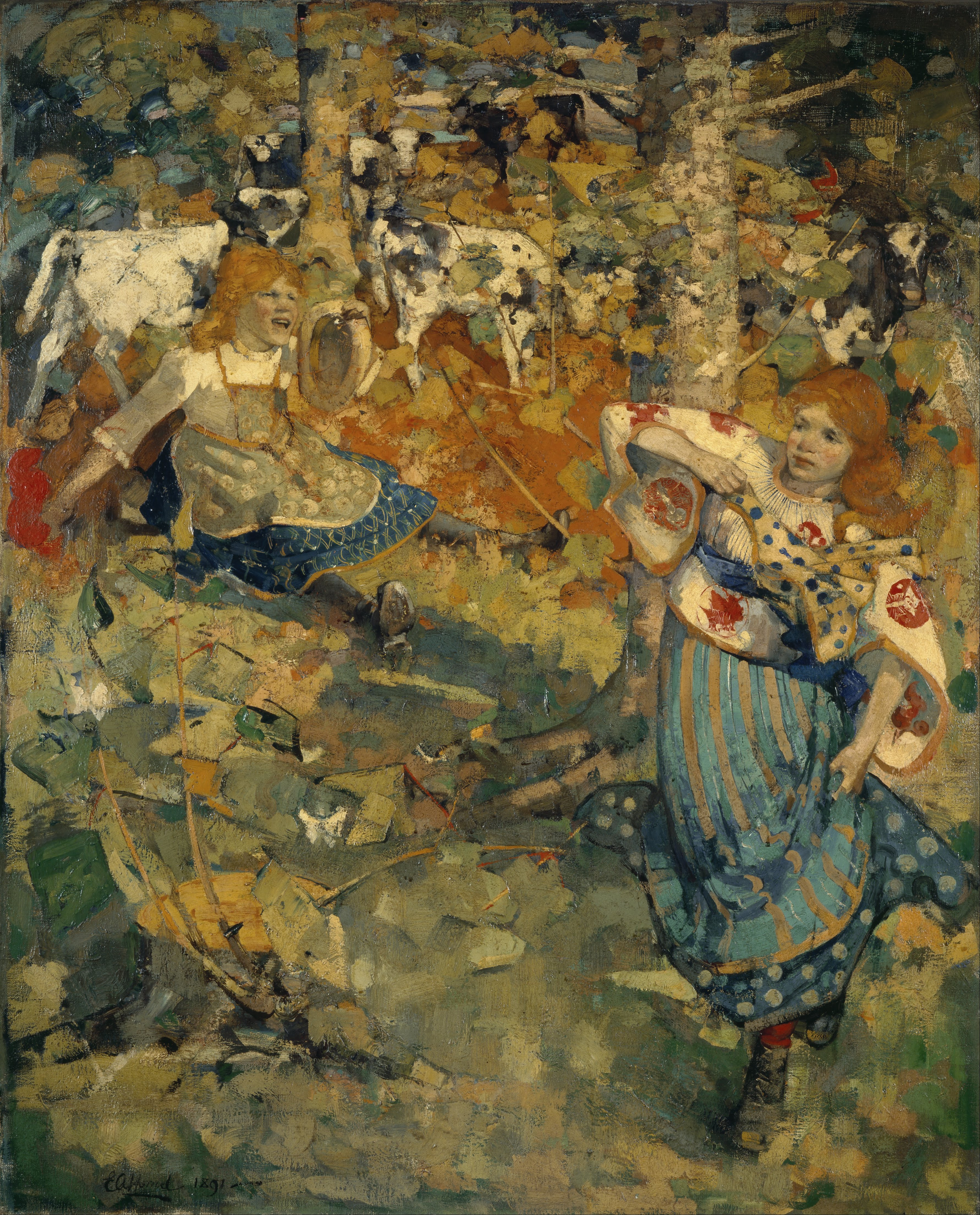
_-_Google_Art_Project.jpg)
